Million Dollar Ideas
Tandon researchers are working at the cutting edge of technology across the entire engineering field.
And big ideas need big funding. Multiple projects from our researchers earned grants over $1 million, including:


15 million total commitment that includes $10 million from the U.S. Department of Transportation for C2SMARTER to continue its work as a Tier 1 University Transportation Center, leading a consortium of universities that will address the U.S. DOT’s priority for reducing traffic congestion.
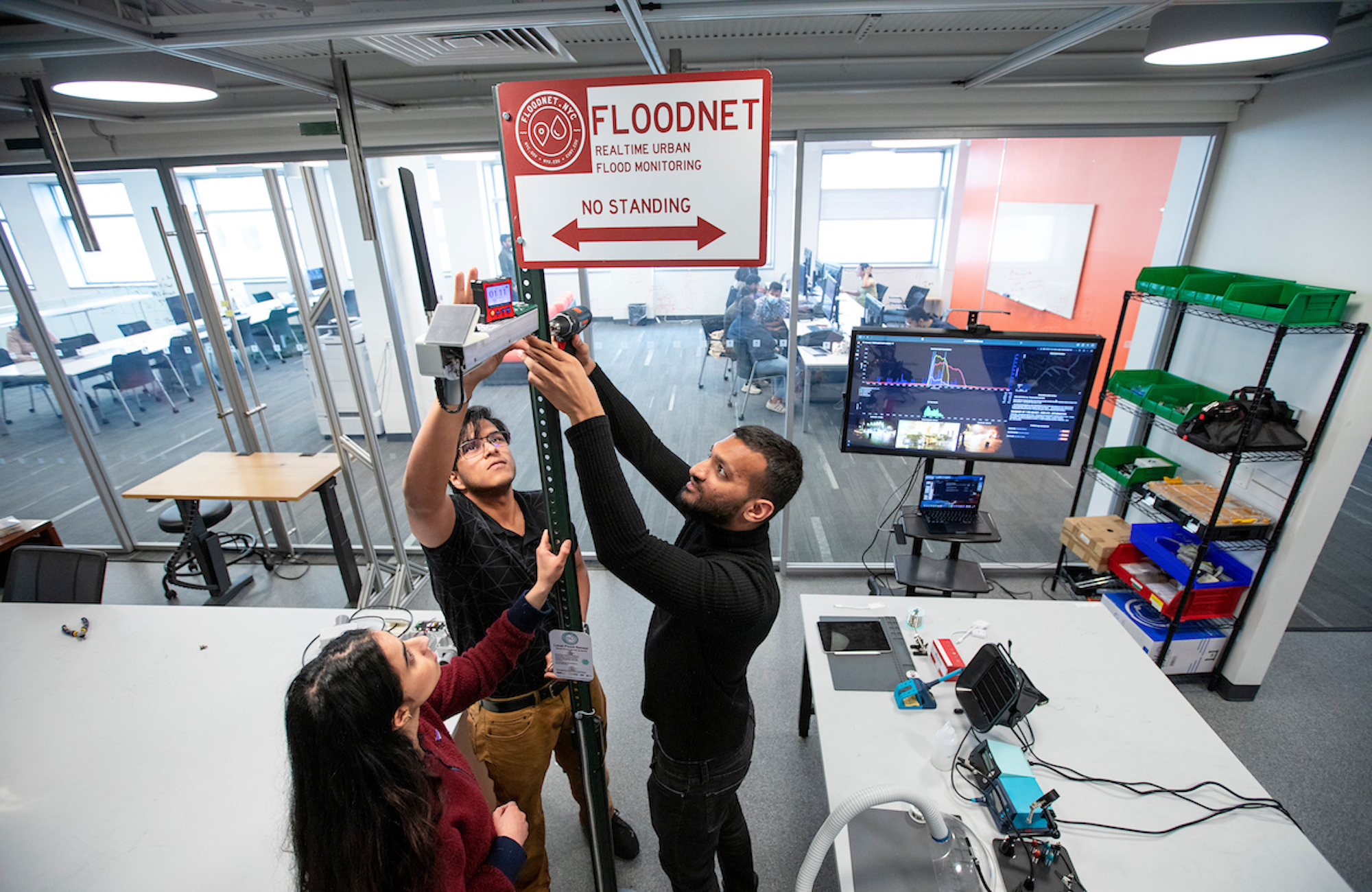
7.2 million from New York City for FloodNet, the flood sensor network that monitors street-level flooding and flood threats in real time across the City and shares the data through an open dashboard. The project is set to expand across all five boroughs.
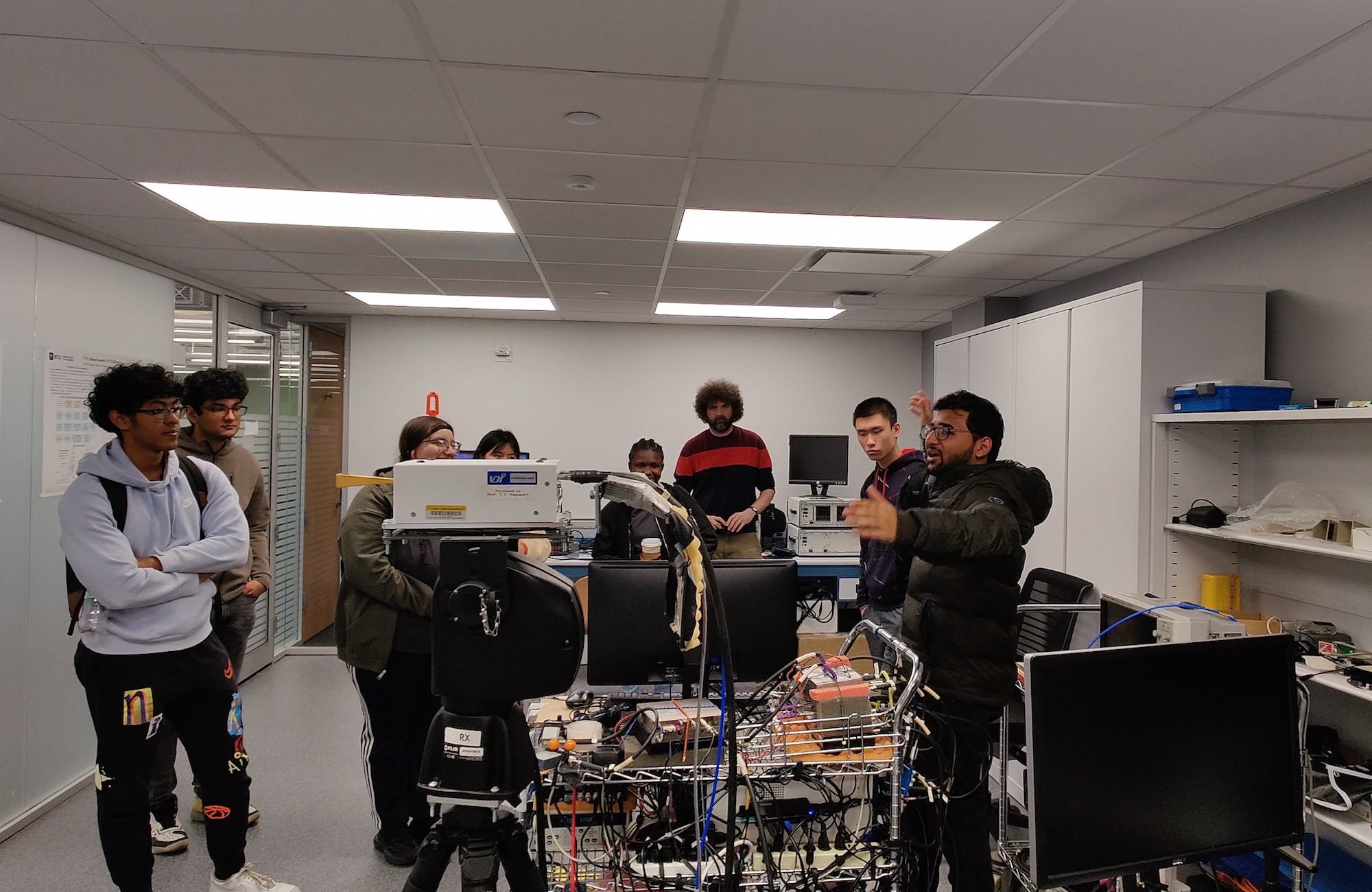
3 million from the National Science Foundation (NSF) for the Terahertz (THz) Measurement Facility, a laboratory to support basic measurements of devices, circuits, materials, and radio propagation channels at the highest reaches of the radio spectrum.

2 million from DARPA to develop approaches for real-time measurements of auxiliary signals that can be used to detect the existence of malicious/anomalous elements such as kernel rootkits, ransomware, and keyloggers.
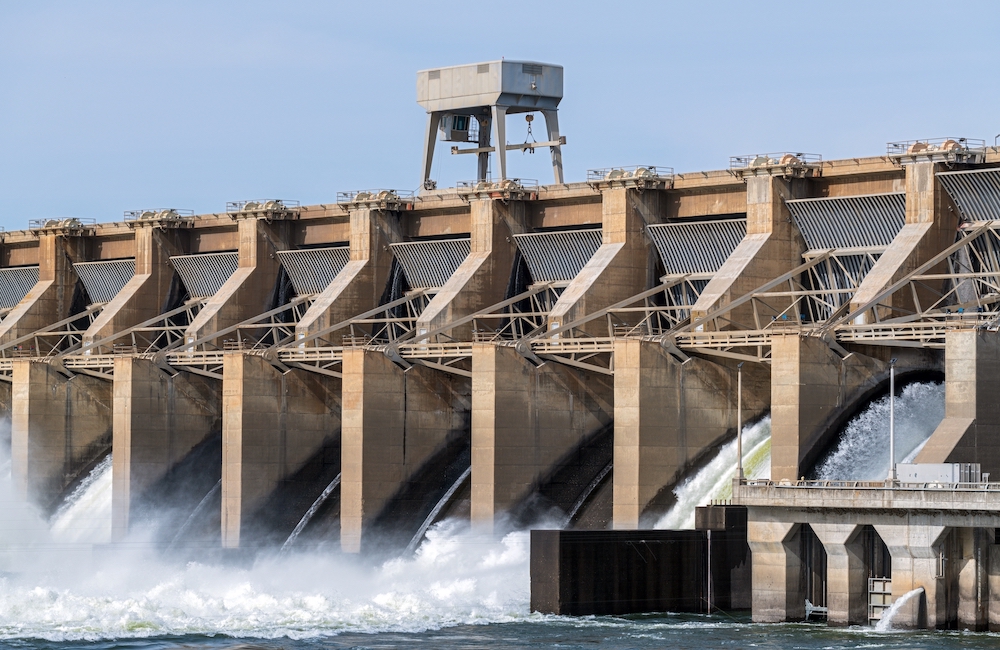
1.9 million from the United States Department of Energy to develop methods of securing the U.S. power grid from hackers and help the grid survive and recover quickly from cyberattacks.

1.4 million from the National Institutes of Health to study programmable dendritic cells and their potential uses in immunotherapy.

1.3 million from the New Jersey Institute of Technology to understand how highly plastic collective systems regulate themselves in the face of changes, and unravel how information transfer between individuals and their contribution to the emergence of a functional, distributed regulation network, all using energetic regulation in ants as a model.

1.3 million from the NSF to study the Intermeshed Steel Connection as a new quick, snap-together connection to construct buildings with the existing work force and possibly on-site robotics. The research unites micro-economists, robotics experts, and computer scientists with structural engineers and site-safety leaders in the United States, Northern Ireland, and the Republic of Ireland.

1.2 million from the NSF to develop new technologies to secure the “digital legal supply chain” — the processes by which official laws and legal information are recorded, stored, updated and distributed electronically.
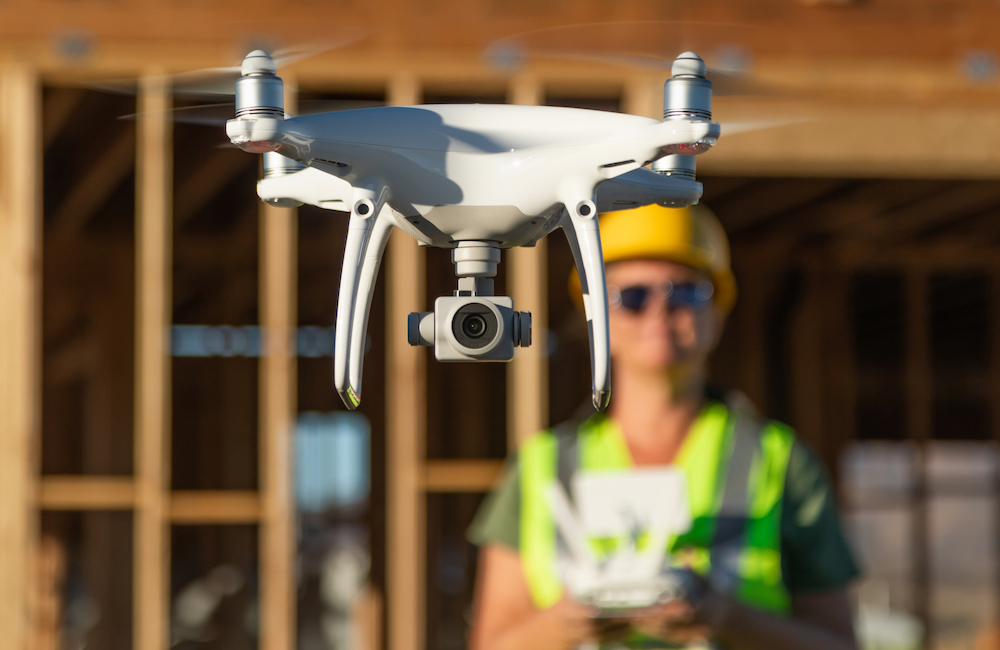
1 million from the NSF to develop better perception and navigation for the robots used to monitor construction job sites.
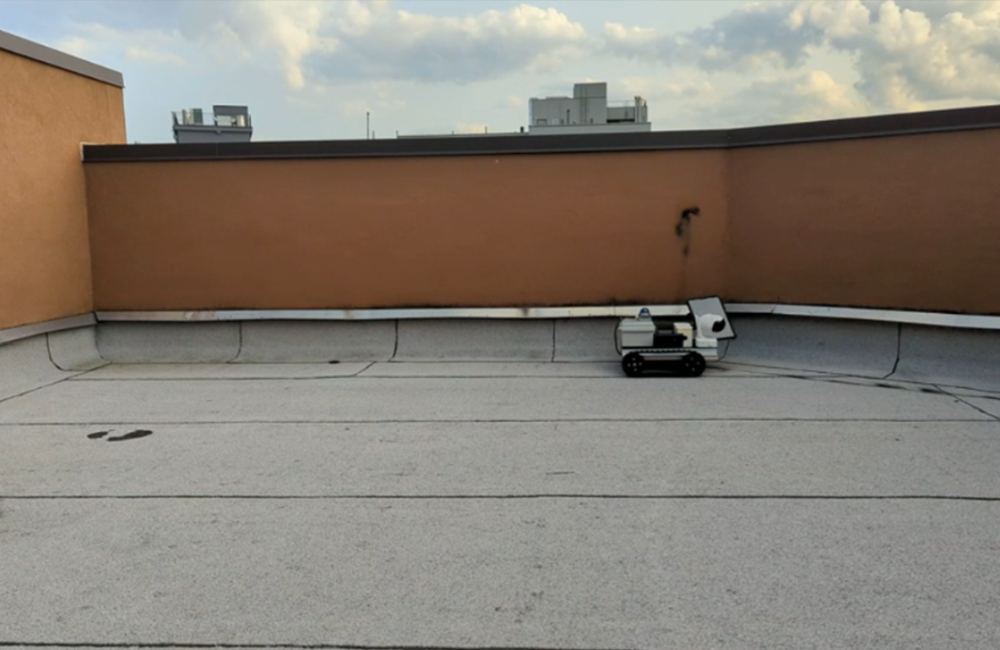
1 million from NSF and the Department of Homeland Security to support their development of AI-driven technology that identifies building envelope leaks through robot and drone scans, offering a cost-effective and efficient alternative to traditional inspections.

